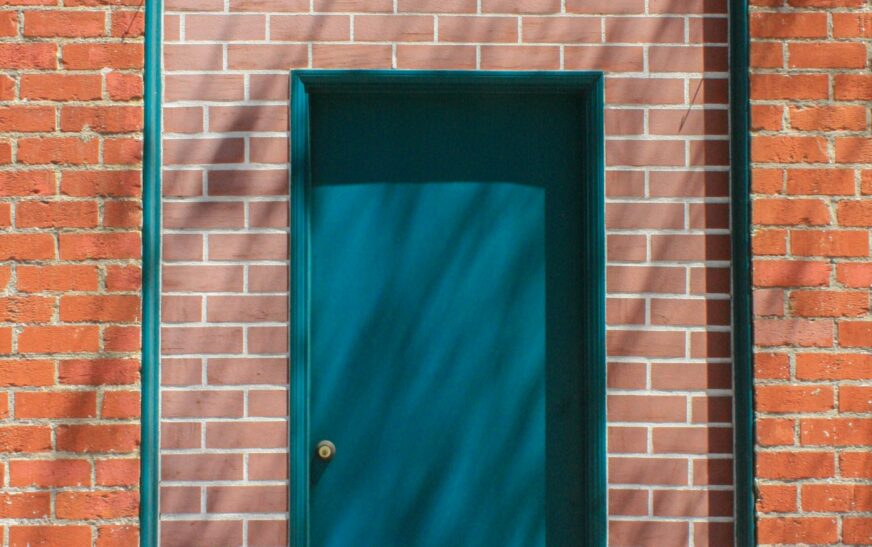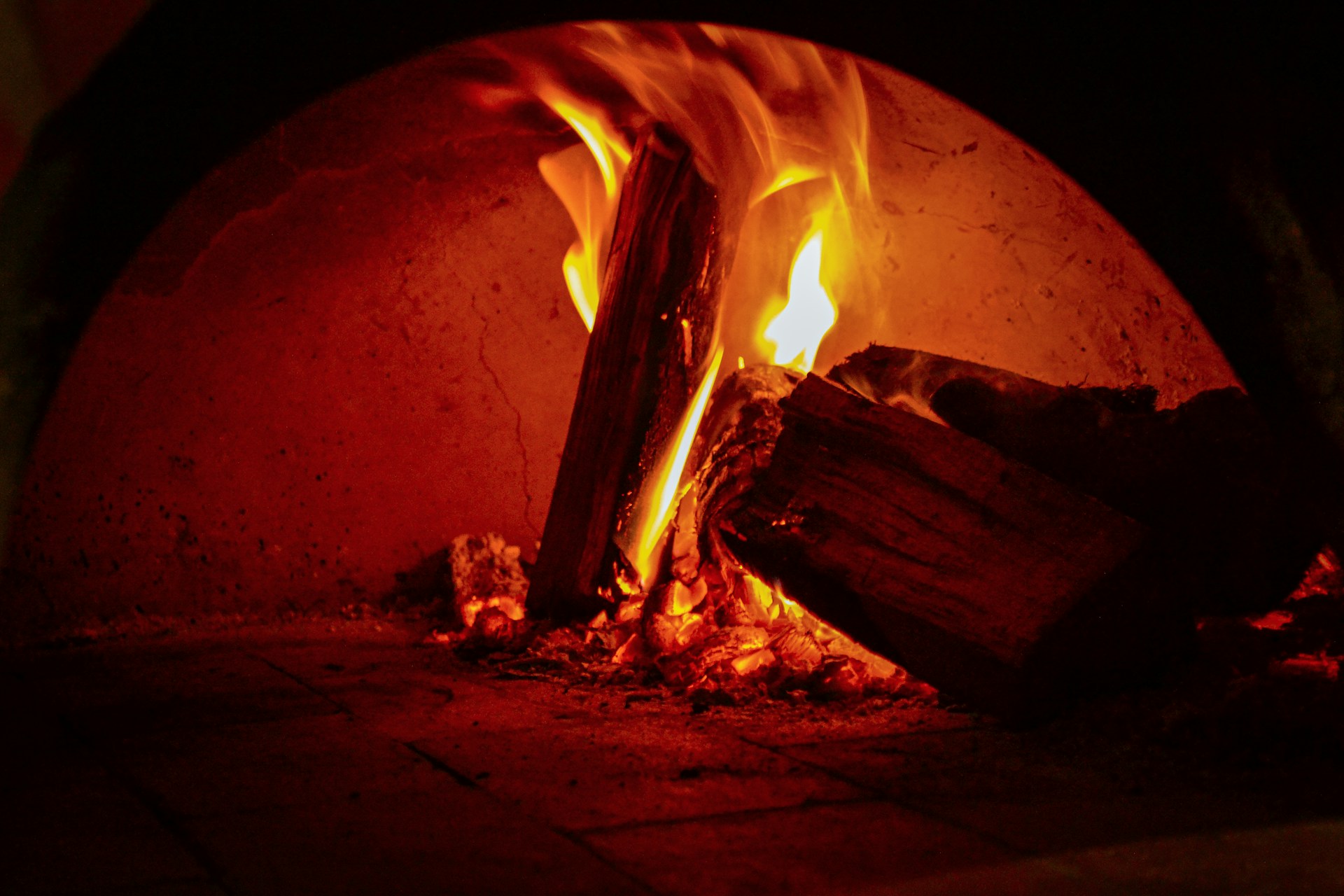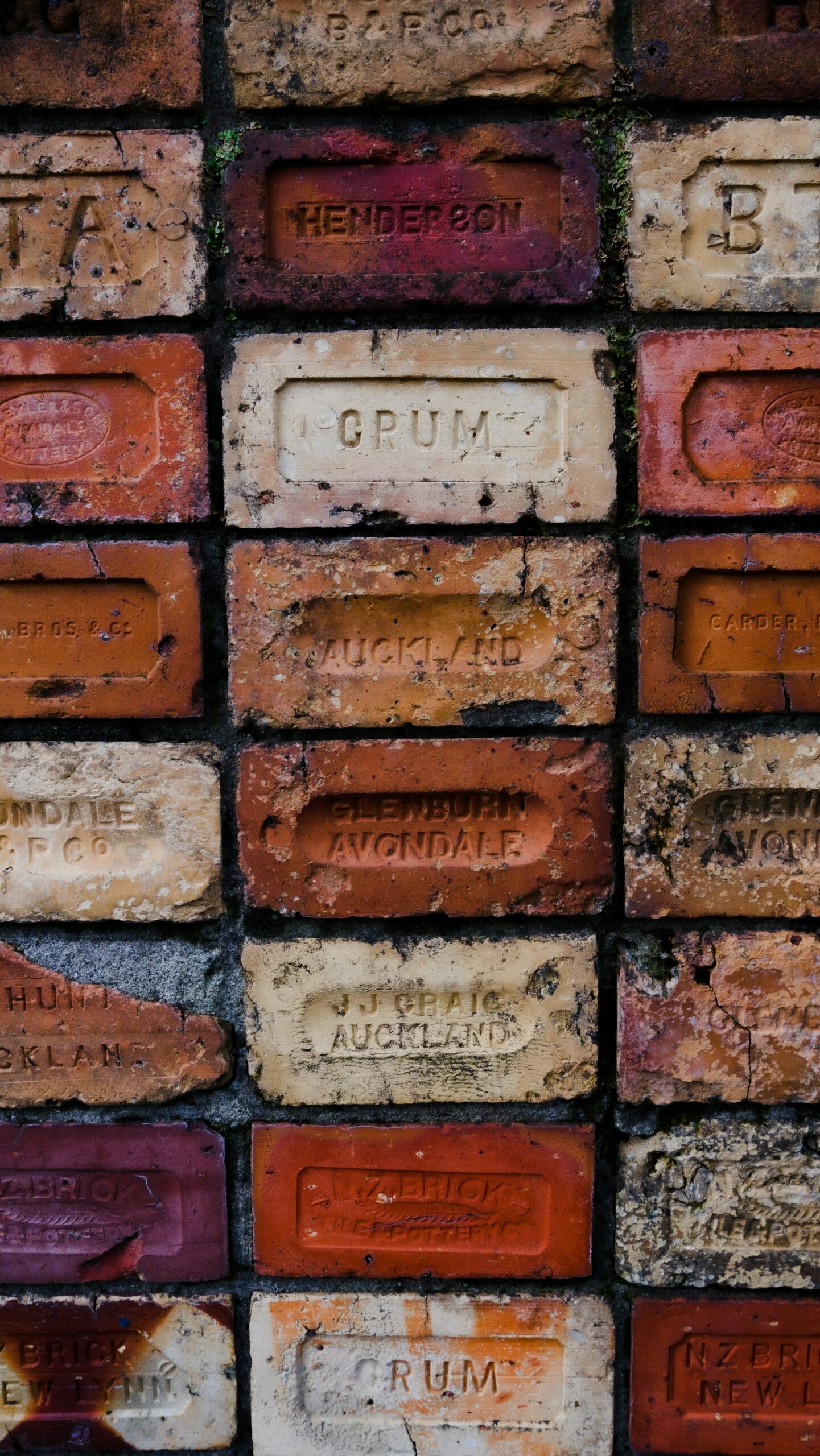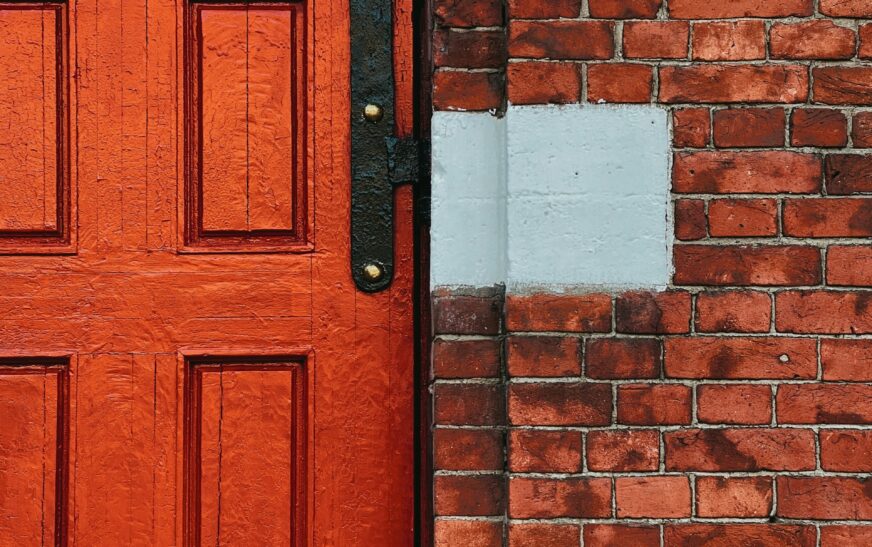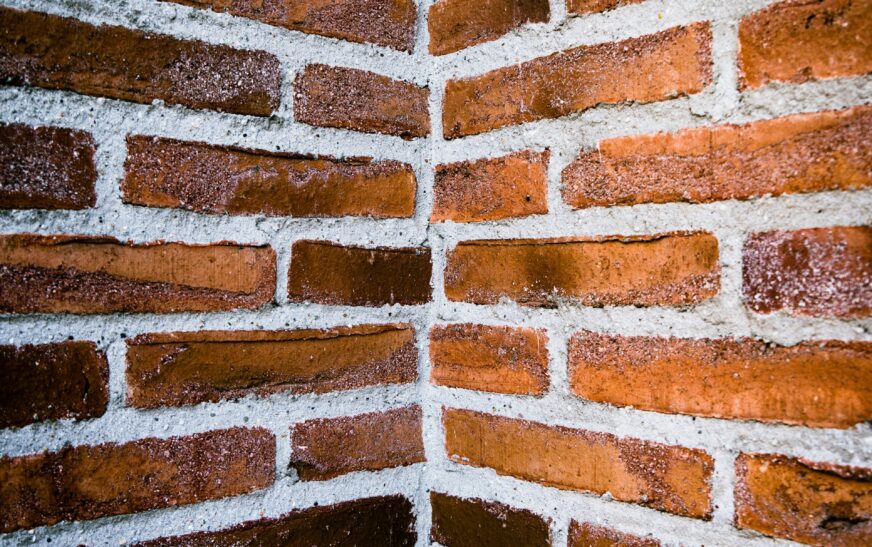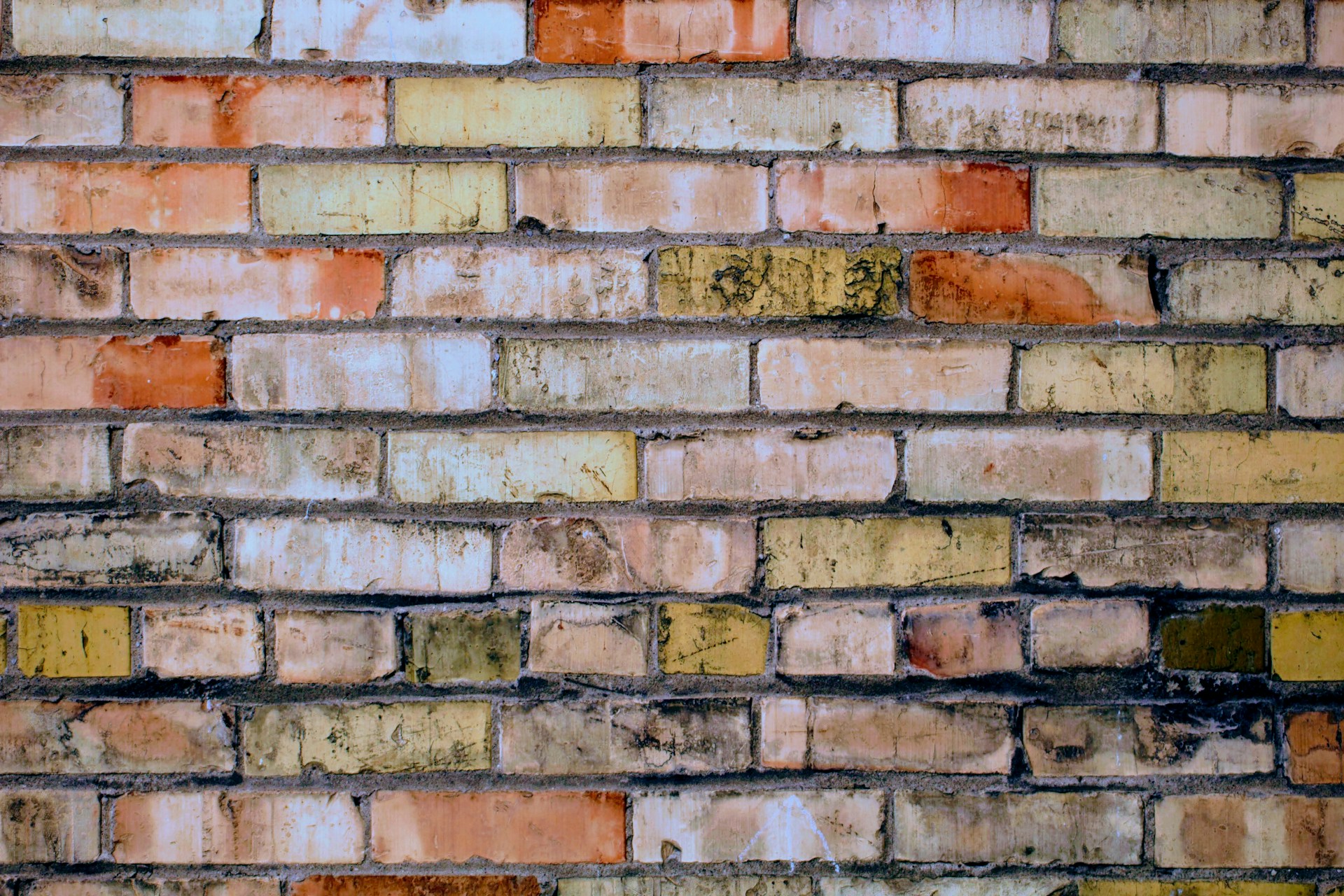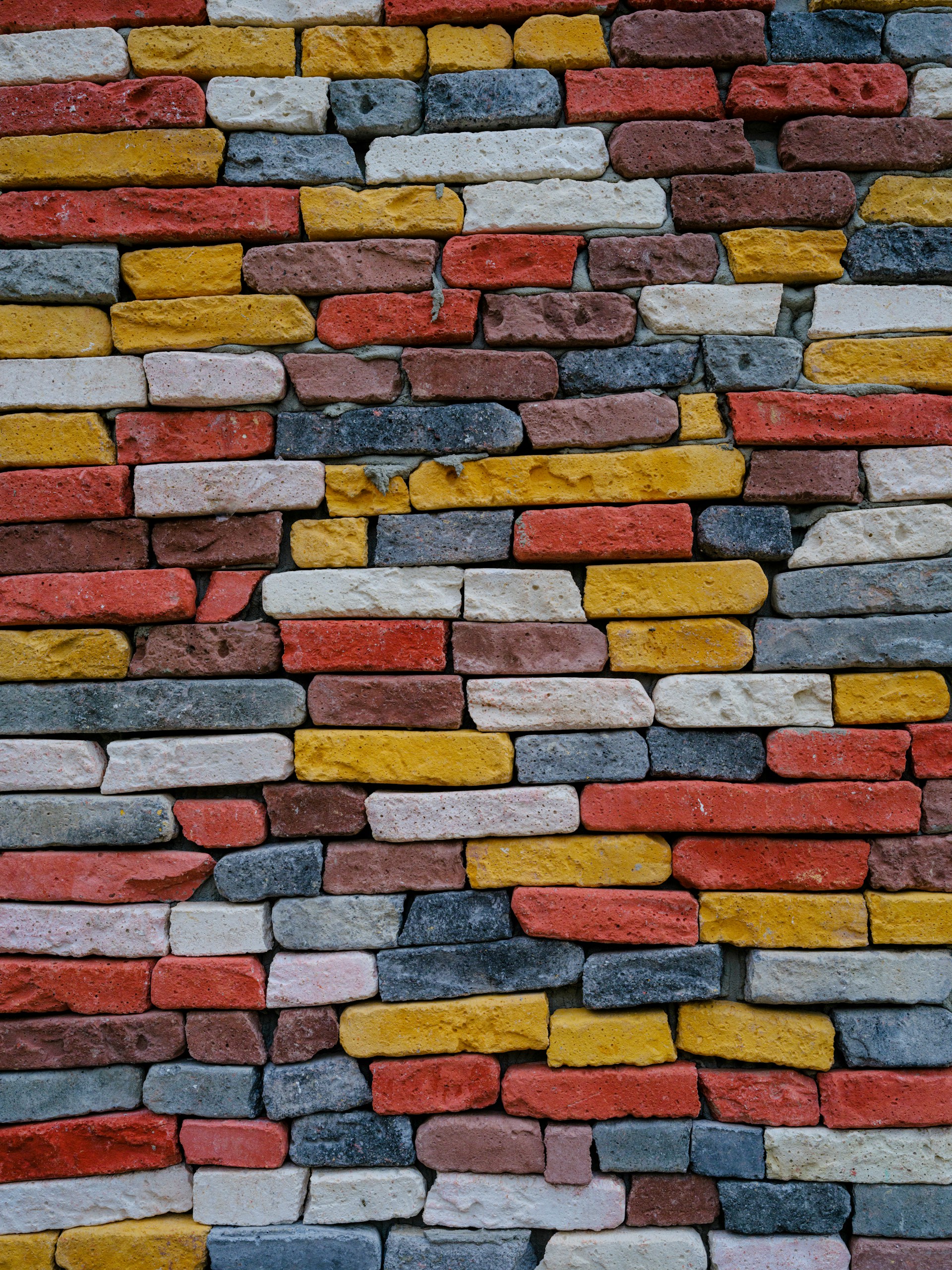If you’ve ever peeked at the edges of your front door, you might have noticed a trim-like feature framing it. Often overlooked, yet quietly heroic, this is brick molding. But what is it exactly, why should you care, and how can understanding it make your home look sharper while staying protected from the elements?
What Is Brick Molding on a Door?
Brick molding—sometimes spelled brickmould—is the trim that wraps around exterior doors (and occasionally windows). It’s the transitional piece between your door frame and the house exterior, helping everything fit together neatly.
Despite the name, it’s not just for brick houses. You’ll find it alongside vinyl, wood, stucco, and fiber cement siding. So yes, it’s versatile—like the Swiss Army knife of door trims.
And no, it’s not just a pretty face. Brick molding:
- Seals gaps
- Keeps water out
- Strengthens the area where the door frame meets the wall
- Adds a polished, finished look
Why Brick Molding Matters
You might be thinking, “Can’t I just caulk and call it a day?” Well, yes… but here’s what brick molding does that caulk alone can’t:
- Weather Protection – Keeps rain, wind, and moisture from sneaking into tiny gaps. Without it, water can lead to rot, mold, and structural headaches.
- Better Insulation – Helps your door stay airtight, keeping warm air in during winter and cool air in during summer. A subtle energy-efficiency hero.
- Added Security – It reinforces the door frame a bit, making forced entry just slightly more annoying for would-be intruders.
- Aesthetic Framing – A clean, classic border around your entryway. Paint it to match or contrast your home—suddenly, your doorway is Instagram-ready.
Materials: Picking the Right Brick Molding
Brick molding comes in several flavors, each with pros and cons:
- Wood – Classic and warm, but prone to rot, warping, and insects. Perfect if you love the traditional look and don’t mind some upkeep.
- PVC or Vinyl – Durable, low-maintenance, and resistant to rot or warping. Modern options mimic wood grain pretty convincingly.
- Aluminum or Metal – Maximum weather resistance, less about looks, more about function. Often seen on commercial buildings.
- Composite – A mix of durability and aesthetics. Looks like wood, performs like PVC, and sometimes more eco-friendly.
Installing Brick Molding
Brick molding can be added during construction or retrofitted during renovations. The process typically involves:
- Measuring and Cutting – Precision is key for a snug fit.
- Securing to the Frame – Usually nailed or screwed into the door jamb, not the wall.
- Sealing – Caulk where the molding meets the frame and exterior to keep water out.
- Painting or Finishing – Optional, depending on material and style.
While some DIYers can handle it, many opt for professional installation to ensure a perfect fit.
When to Replace Brick Molding
Even the best molding won’t last forever. Signs it’s time for a refresh:
- Cracking or peeling paint
- Warping or rotting wood
- Gaps between molding and frame
- Water damage near the door interior
Replacing worn molding protects your home and keeps your entryway looking sharp.
Brick Molding vs. Casing: The Difference
- Casing – Interior trim around doors, mainly for style inside the home.
- Brick Molding – Exterior trim, protecting the door from the elements and enhancing curb appeal.
Think of casing as interior décor, and brick molding as exterior armor with style.
Read More : What Is Brick Mold on Door? A Detailed Guide to This Essential Trim Component
Why It Matters
Brick molding might seem like a minor detail, but it’s doing serious work: protecting your home, keeping it energy-efficient, and making your entryway look polished. Skipping it or using cheap materials could mean water damage, drafts, or pest headaches down the line.
In short, brick molding is like the picture frame for your front door: it makes everything look intentional, keeps things in place, and quietly makes your house a little safer and more comfortable.

